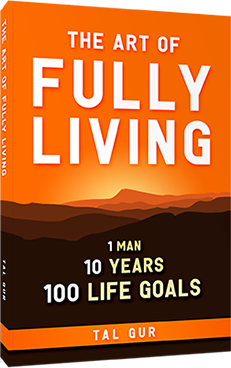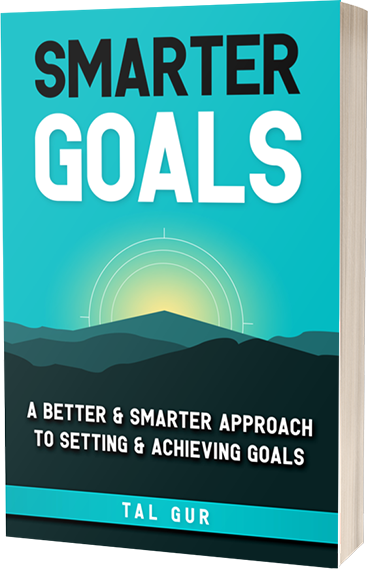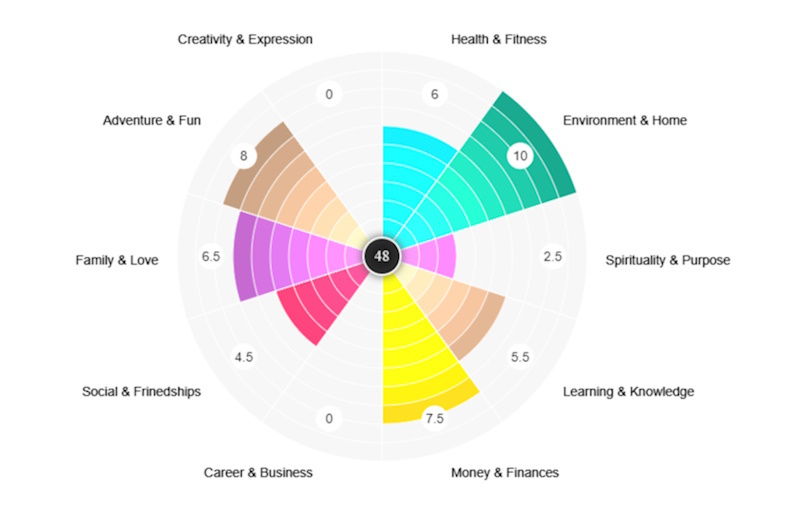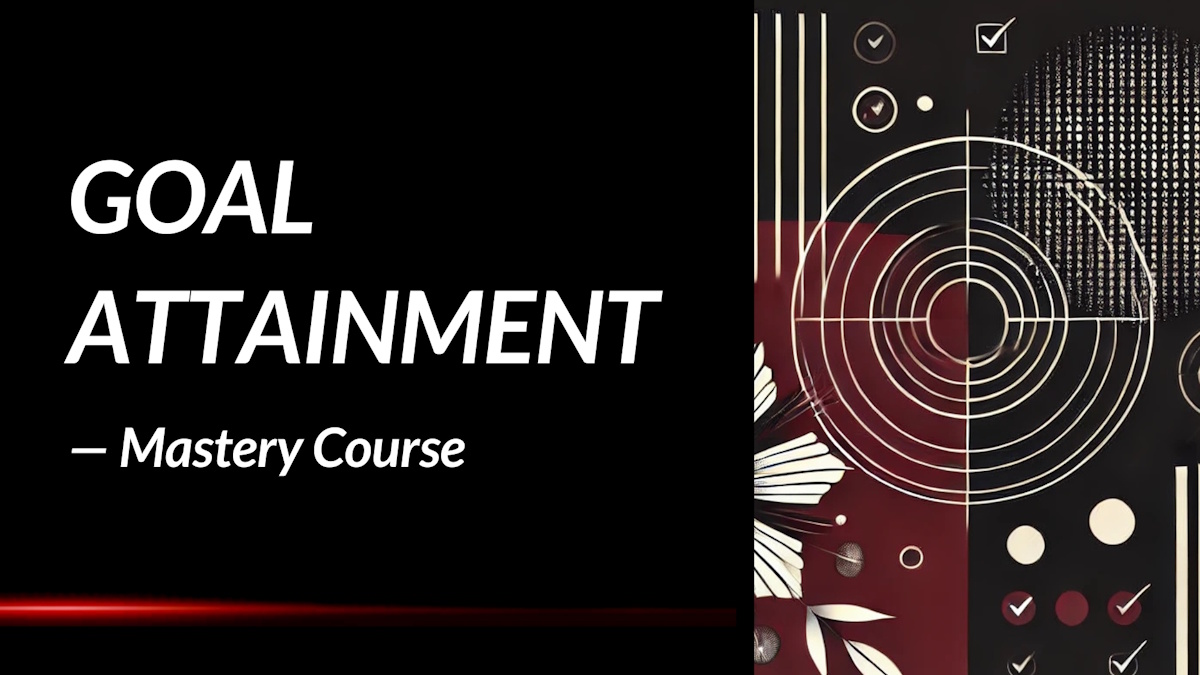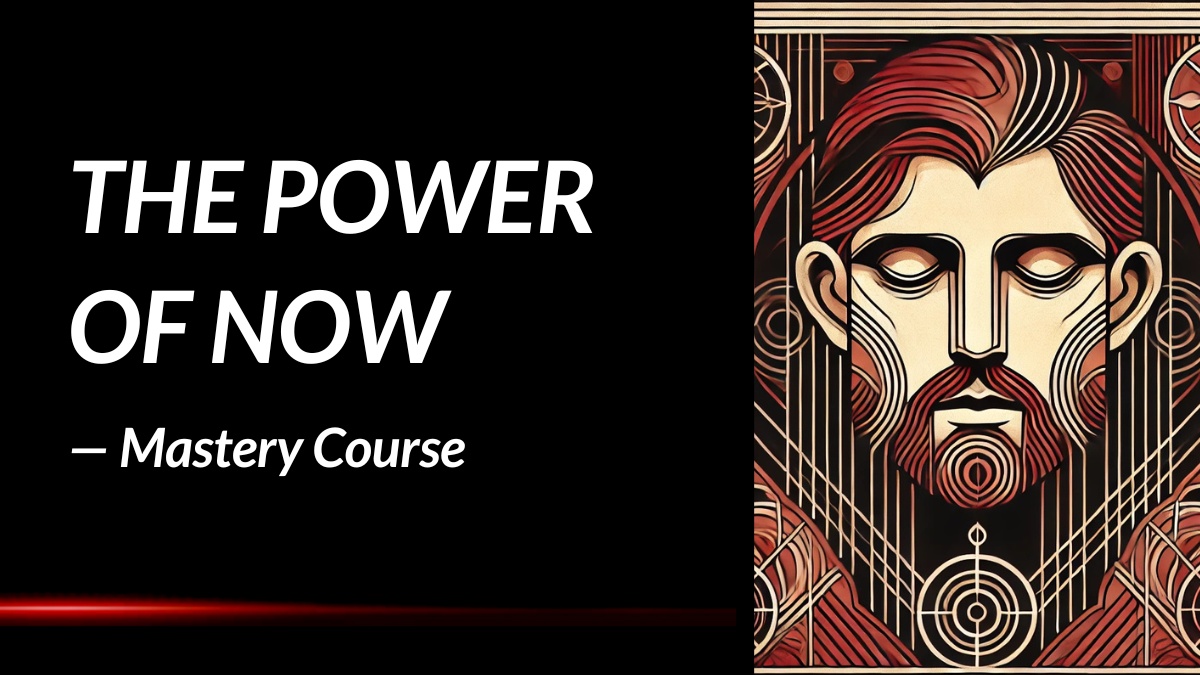The Myths of Innovation: Summary Review
This is a summary review of The Myths of Innovation containing key details about the book.
What is The Myths of Innovation About?
"The Myths of Innovation" by Scott Berkun is a book that debunks common myths and misconceptions about innovation. Overall, "The Myths of Innovation" provides a valuable perspective on the reality of innovation. By debunking common myths and misconceptions, the book encourages readers to adopt a more realistic and practical approach to innovation.
The Myths of Innovation pulls the best lessons from the history of innovation, including the recent software and web age, to reveal powerful and surprising truths about how ideas become successful innovations - truths people can easily apply to the challenges of today. Each entertaining chapter centers on breaking apart a powerful myth, popular in the business world despite its lack of substance. Through the author's extensive research into the truth about innovations in technology, business and science, you'll learn lessons from the expensive failures and dramatic successes of innovations past, and understand how innovators achieved what they did - and what you need to do to be an innovator yourself.
Summary Points & Takeaways from The Myths of Innovation
Some key summary points and takeaways from the book include:
* Innovation is not a sudden breakthrough: The popular idea of a lone genius having a sudden "Eureka!" moment is a myth. Most innovations are the result of incremental progress, collaboration, and a lot of hard work.
* Failure is a natural part of innovation: Innovation is not always successful and often involves multiple failures along the way. Failure is a necessary part of the learning process and can help identify what works and what doesn't.
* Innovation is not just about technology: Innovation is not limited to technological advancements. It can also come from new business models, process improvements, or creative marketing strategies.
* Innovation does not always require a large budget: Innovation can come from creative problem-solving and resourcefulness. It's possible to innovate with limited resources and a small budget.
* Innovation is a team sport: Successful innovation often involves collaboration and diverse perspectives. Innovation can come from anyone, not just from a select group of experts.
Who is the author of The Myths of Innovation?
Scott Berkun is an American author and speaker. Berkun studied computer science, philosophy, and design at Carnegie Mellon University. He worked at Microsoft from 1994 to 2003 on Internet Explorer 1.0 to 5.0, Windows, MSN, and in roles including usability engineer, lead program manager, and UI design evangelist.
What are good quotes from The Myths of Innovation?
“The best lesson from the myths of Newton and Archimedes is to work passionately but to take breaks. Sitting under trees and relaxing in baths lets the mind wander and frees the subconscious to do work on our behalf.”
“The love of new ideas is a myth: we prefer ideas only after others have tested them.”
“Nearly every major innovation of the 20th century took place without claims of epiphany.”
“Professional management was born from the desire to optimize and control, not to lead waves of change.”
“The future never enters the present as a finished product, but that doesn’t stop people from expecting it to arrive that way.”
“In this age, being seen as an “expert” may have little bearing on the “expert’s” ability to do the thing she is supposedly an expert in.”
Book details
- Print length: 192 Pages
- Genre: Business, Nonfiction, Technology
What are the chapters in The Myths of Innovation?
Chapter 1: The Myth of Epiphany
Chapter 2: We Understand the History of Innovation
Chapter 3: There is a Method for Innovation
Chapter 4: People Love New Ideas
Chapter 5: The Lone Inventor
Chapter 6: Good Ideas are Hard to Find
Chapter 7: Your Boss Knows More About Innovation Than You
Chapter 8: The Best Ideas Win
Chapter 9: Problems and Solutions
Chapter 10: Innovation is Always Good
Chapter 11: Epilogue: Beyond Hype and History
Chapter 12: Creative Thinking Hacks
Chapter 13: How to Pitch and idea
Chapter 14: How to stay motivated
What do critics say?
Here's what one of the prominent reviewers had to say about the book: "Brimming with insights and historical examples, Berkun's book not only debunks widely held myths about innovation, it also points the ways toward making your new ideas stick." — Tom Kelley, GM, IDEO; author of The Ten Faces of Innovation
* The editor of this summary review made every effort to maintain information accuracy, including any published quotes, chapters, or takeaways. If you're interested in furthering your personal growth, you may want to explore my list of favorite self-improvement books. These books, which have had a significant impact on my life, are carefully curated and come with summaries and key lessons.
Chief Editor
 Tal Gur is an author, founder, and impact-driven entrepreneur at heart. After trading his daily grind for a life of his own daring design, he spent a decade pursuing 100 major life goals around the globe. His journey and most recent book, The Art of Fully Living, has led him to found Elevate Society.
Tal Gur is an author, founder, and impact-driven entrepreneur at heart. After trading his daily grind for a life of his own daring design, he spent a decade pursuing 100 major life goals around the globe. His journey and most recent book, The Art of Fully Living, has led him to found Elevate Society.








